This project was severely affected by the closure of the school, as we were unable to get any form of studio support or workshops from the time the GSA was shut. This coupled with the fact that Norway were considering shutting its borders completely to all flight traffic really hampered my progress with the project as a whole, as I had to spend a lot of time packing down everything in my flat in fear of an inability to return before June when we were planning on ending our lease.
With that information out of the way, I do have some development to show for this project. I’ve developed an idea I could have most likely completed with technical support.
I was planning on using a book consisting of short stories from 1964. The book is called «The rest of the robots» and was written by Isaac Asimov. The reason I chose this book is that it can now be regarded as a piece of ‘retro-futurism’. Retro-futurism is simply put science fiction which imagined technology or a certain time period we have now already passed. Blade Runner is now a classic example as its set in November 2019. Wikipedia defines retro-futurism as «a movement in the creative arts showing the influence of depictions of the future produced in an earlier era. If futurism is sometimes called a “science” bent on anticipating what will come, retrofuturism is the remembering of that anticipation.» The short story I chose to interpret a section of for this project is called «Victory unintentional» and was originally published in 1942. The story in centered on three man-made robots sent as reconnoissance and communications units to Jupiter to assess a potential threat from the native «Jovians».
At the beginning of the project I was really considering the potential of AR technology, as I wanted to make something more meaningful than animations on a screen. I struggled with the idea development process, until by a coincidence, my flatmates and me had an unrelated discussion about the voices you project in your head when reading something. Do you read in your own voice, or does your inner voice transform in accordance with who’s talking? Do you intonate, or does your inner voice stay flat regardless of the situation and mood? This discussion lead me to reflect on the nature of audiobooks.
Audiobooks are of course not a new medium, as radio-plays have been around basically as long as the radio itself, but in light of the discussion about the readers inner voice, are you not getting robbed of an element of creativity when you get the book read to you instead of reading it yourself? The mass production of audiobooks through subscription based services such as Audible, takes out some of the craft that was put into those old radio theatres, leading to a more casual listening affair.
Books as a medium have always demanded the full attention of the reader, but with audiobooks, you can multitask while listening. The only thing demanded of the listener is to imagine.
My idea was what I imagined as the natural progression of the audiobook medium. I wanted to incorporate a visual element into the audiobook experience, so that the listener is no longer required to imagine. James Bridle touches upon the phenomenon of brain functions becoming external through our phones and other devices, such as younger people now being unable to navigate with a paper map due to the mass availability of GPS, in his book «A new dark age», this informed some of my thinking surrounding this idea, as I felt like more and more brain functions required for reading will be annexed though new services and technology. I was also planning on using a text to speech model for the narration of the section of «the rest of the robots» that I was planning on using, as I felt like this fits together well with the book, considering it is a sci-fi story from the 1940s, and just having a book read that way would probably have been pretty unimaginable by the author at the time. I was also going to do animations that visualise the content of the page currently being read. This would turn the physical book itself into an object more resemblant of a DVD. Peoples attention span simply struggle with books, and this idea was supposed to showcase that with the help of AR.
I couldn’t get this to work however, since the image recognition in the Vuforia developers portal seemed to struggle immensely with text. I purchased quite a lot of multicoloured tape to add contrasting elements to the pages, but still nothing. I tried a variety of approaches, such as photoshop, photographing in different lighting conditions, but all the images came back with either a one or two star rating, making it nearly impossible to use as an image target.
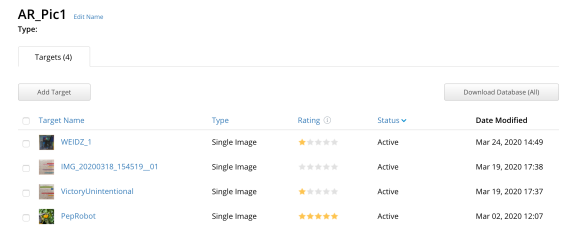
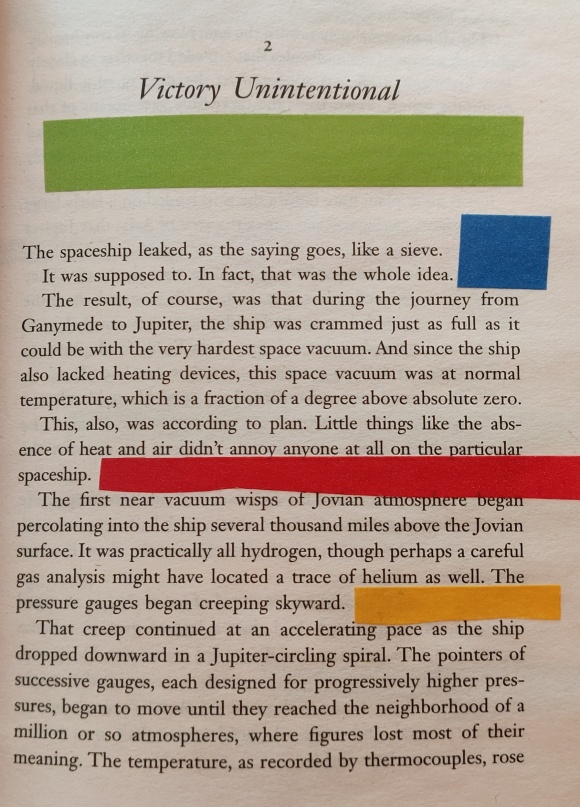
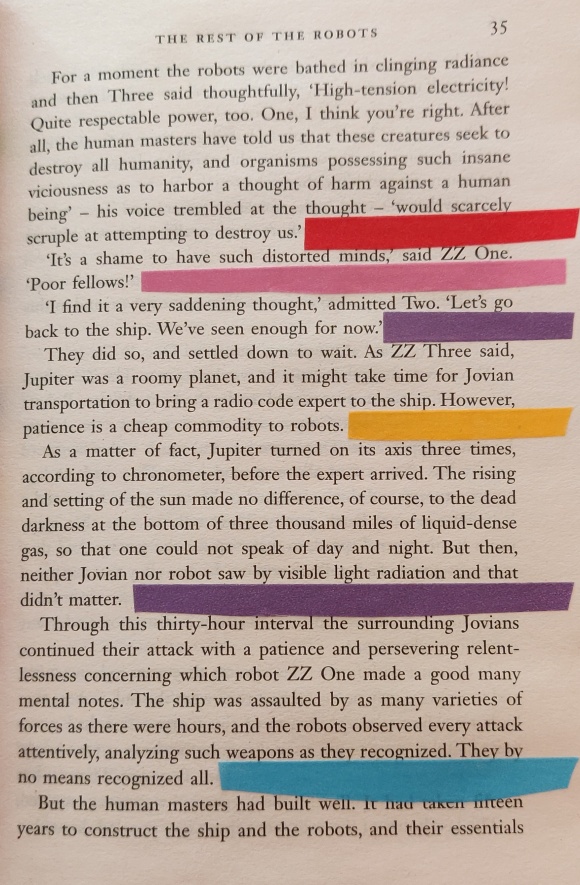
I also did some brief experimentation with an old modernist painting from 1948, but this also didn’t yield any results…

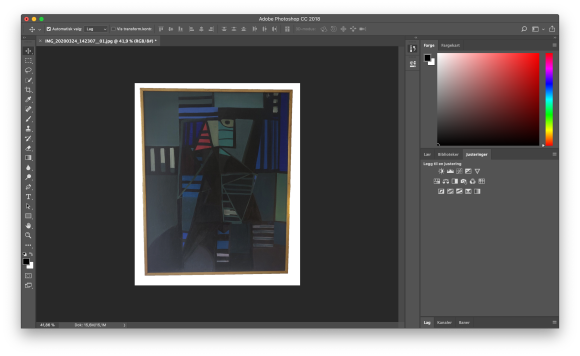
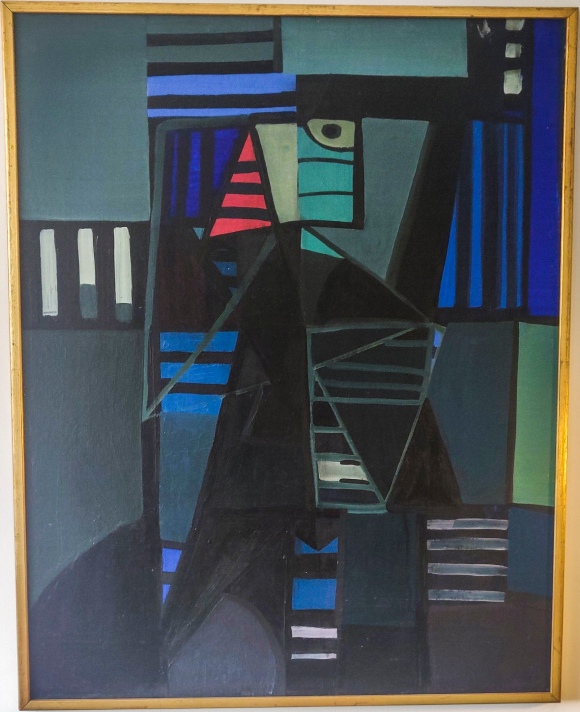
I will seek to complete this project in some form or another over the summer, as I find AR very interesting as a medium.